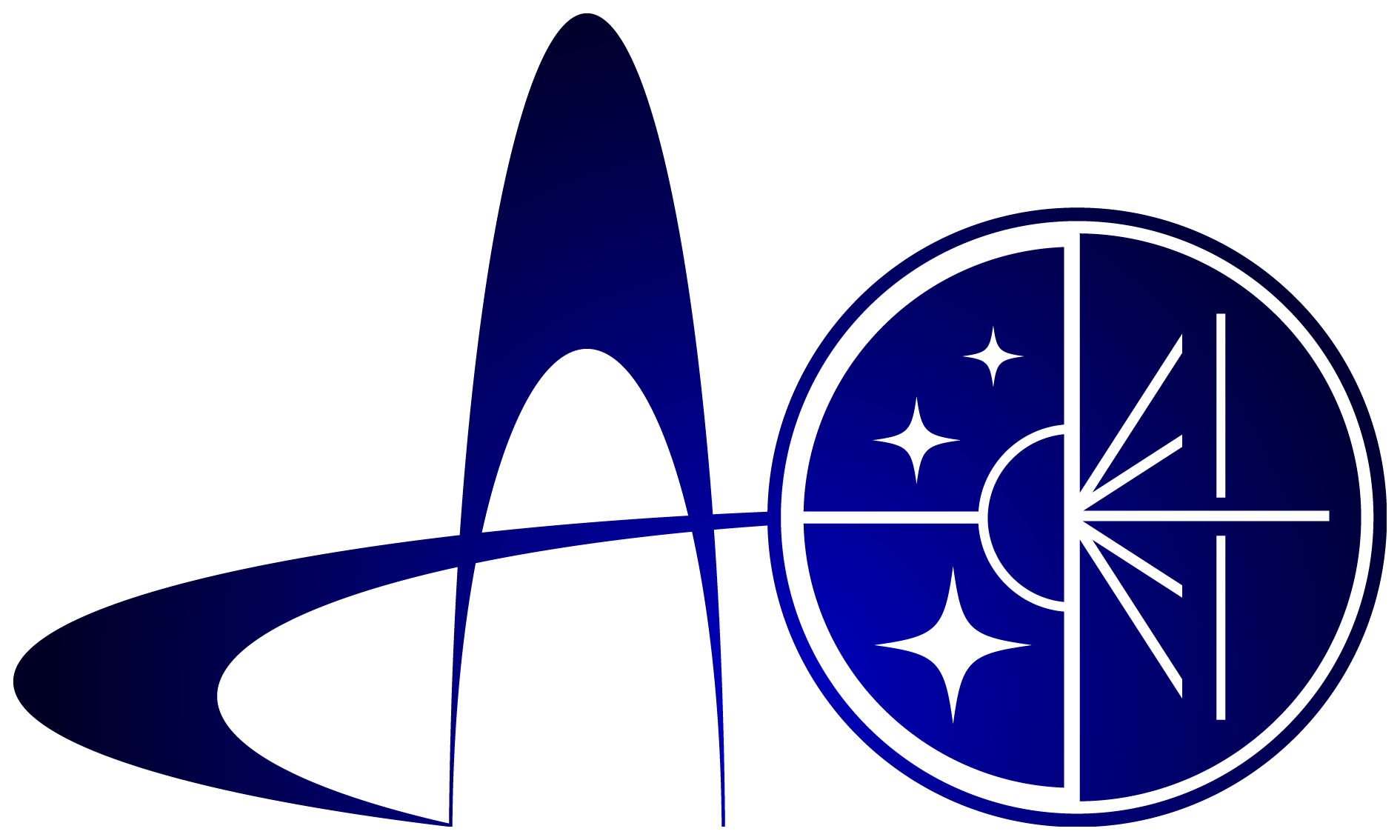|
Congratulations to the head of the laboratory, Alexander S. Vinokurov,
and the junior researcher
of the Laboratory of Stellar Physics, Yulia N. Solovyeva, on the award
of the Russian Academy of Sciences Medal for young scientists of Russia
following the results of the 2020 general physics and astronomy
competition for their work.
The subject of this study is a binary system in the galaxy UGC6456
(also known as VII Zw 403). It is a highly variable source in both
the X-ray and optical ranges, which, having a peak X-ray luminosity
of Lx=1.7*10^40 erg/s, can be classified as ultraluminous X-ray source
(ULXs). Objects of this type show X-ray luminosities that exceed the
Eddington limit for stellar mass black holes. In most ULXs, accretion
from donor stars onto stellar-mass black holes or neutron stars occurs
in the so-called supercritical regime, which rate is orders of magnitude
higher than those observed in many X-ray binaries of our Galaxy
(reaching 10^-5 - 10^-4 Msun/yr). A key feature of the supercritical
accretion is a powerful matter outflows coming from the central regions
of accretion disks (the so-called supercritical disc wind). However,
many parameters of this phenomenon remain unknown: the geometry of
the outflow, its velocity at different distances from the black hole
or neutron star, the efficiency of energy release, the fractions of
energies advected into a black hole and carried away together with
the wind gas, etc; the values of these parameters can be determined
or at least estimated based on observational data. At the same time,
the available observation and detailed RHD simulations show that most
of the ejected matter has relatively low temperatures (tens of thousands
Kelvin) and emits in the UV-optical range, while the X-ray observations
can elicit only the fastest gas flows (the so-called ultrafast outflows).
Therefore, it is the optical range that is most suitable for studies of
the supercritical disk wind.
In our paper we identified the optical counterpart of the X-ray source
UGC6456 ULX. Its absolute magnitude in the V band in the bright state
is appeared to be -8.24+-0.11. The object shows strong X-ray (more
than 100 times) and optical (three times) variability. The revealed
correlation between the optical and X-ray flux variations (with a
coefficient of 0.9+-0.3) indicates the reprocessing of hard X-ray
quanta in the outer parts of the wind and makes it possible to measure
the efficiency of conversion of X-ray quanta into optical ones. The
conclusion about the presence of the strong high-velocity outflow is
confirmed by the broad and highly variable emission lines of hydrogen
and helium observed in the spectra of the object. A correlation was
discovered between the flux in one of the ionized helium lines and
the X-ray flux, previously known only for the ultraluminous X-ray
pulsar NGC300 ULX-1. I A change in the speed of the HeII line by
400 km/s is revealed in the brightest state of the object, which
argues in favor of the assumption that the object has passed the
periastron of its elliptical orbit at that moment.
The discovered source is of great value for research of ULXs. First,
the UGC6456 ULX, being a transient ULX, makes it possible to study
not only the supercritical accretion itself, but also the transition
between supercritical and subcritical regimes. Second, the source is
the brightest ULXs in the optical range in the northern sky and the
second brightest among all identified ULXs (its apparent V band
magnitude ranges from 21.7 to 20.3), which allows to obtain spectra
with a high signal-to-noise ratio. Majority of other ULXs have a
significantly lower brightness (by 1-3 mag). Third, the location
of the source in the circumpolar region allows its spectral and
photometric monitoring with telescopes of the SAO RAS throughout the year.
Published:
Vinokurov A., Atapin K., Solovyeva Y., 2020, ApJL, 893, L28. doi:10.3847/2041-8213/ab8642
Contact:
A. Vinokurov

Figure 1.
Superposition of B, V, and Rc images of the UGC 6456 galaxy taken
with BTA/SCORPIO. The inset shows the HST/WFPC2/F555W image of the
region around UGC6456 ULX marked by the square; the circle indicate
the 0.8" 90%-error box of the ULX position derived from the Chandra data.
|


